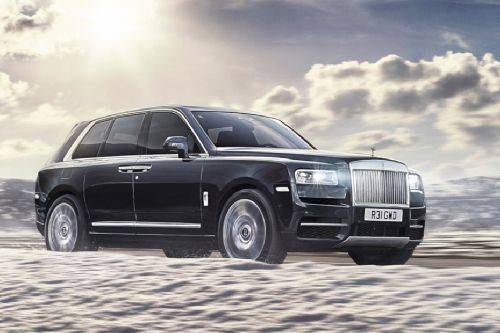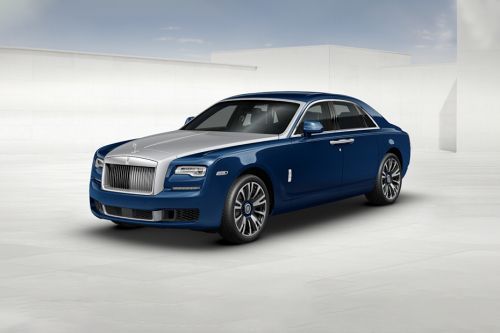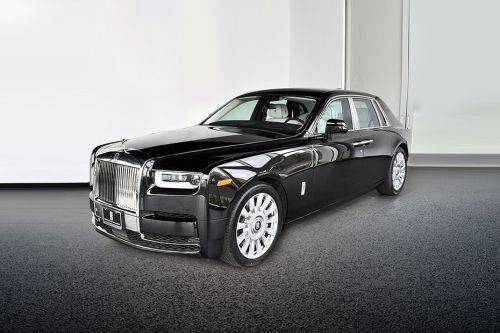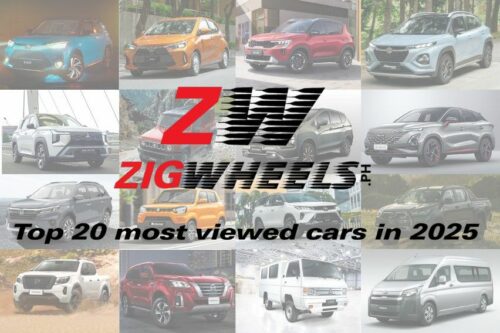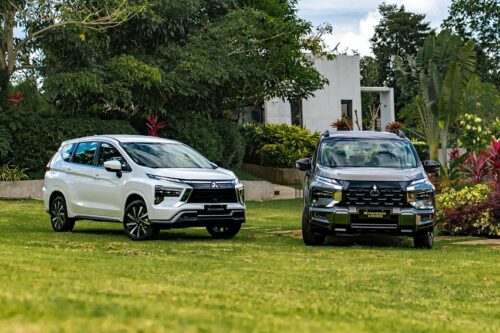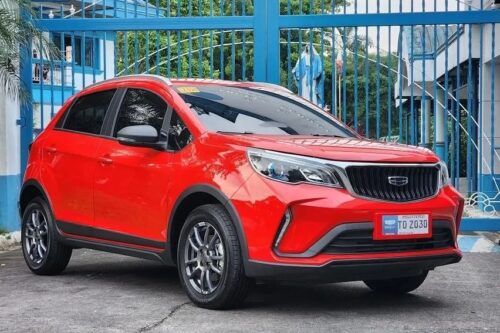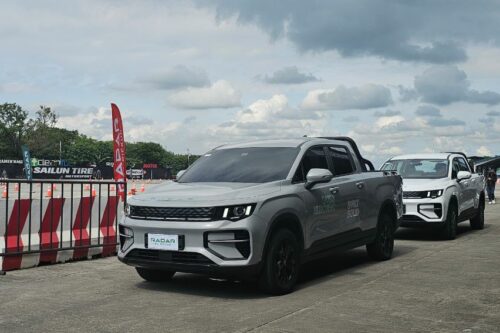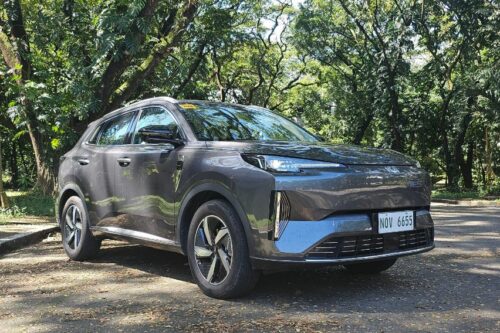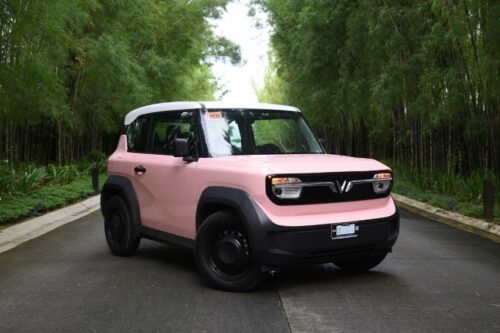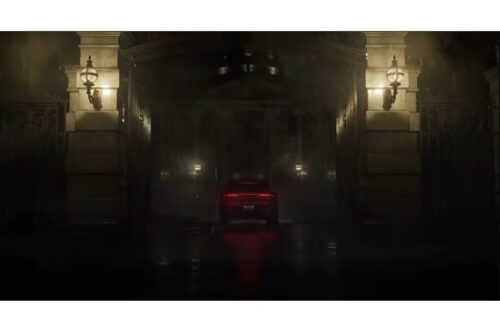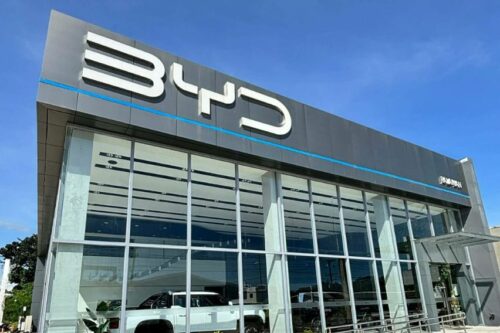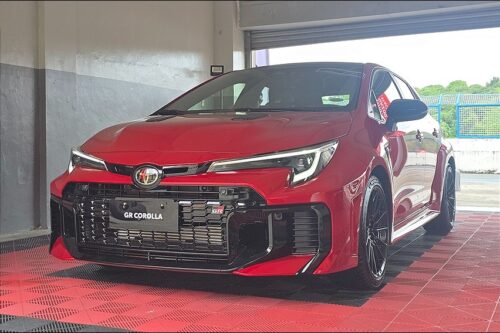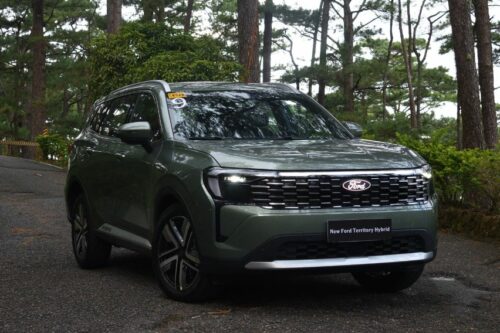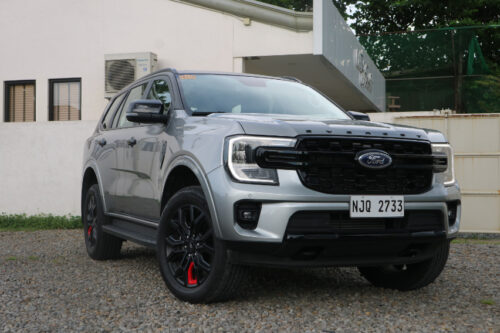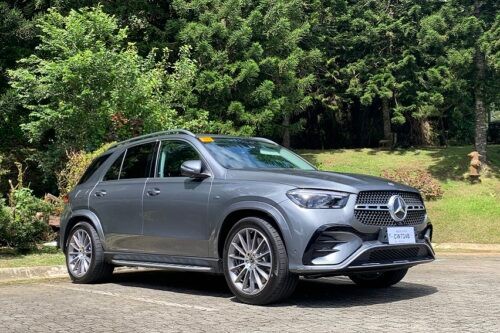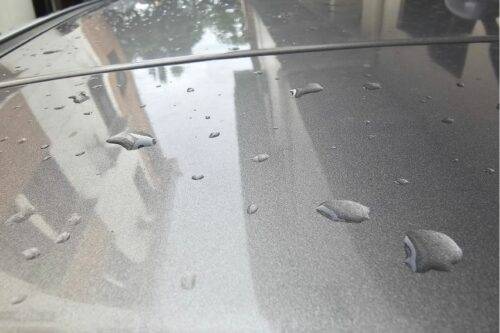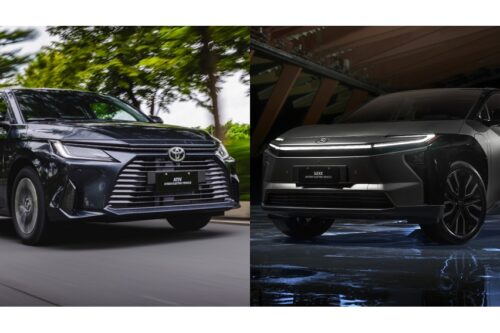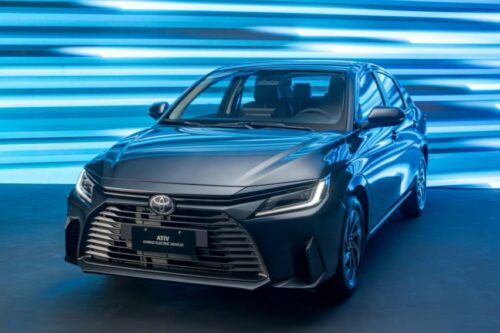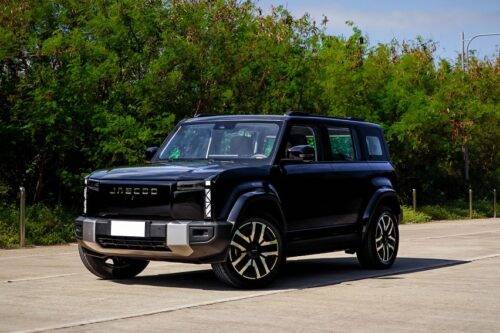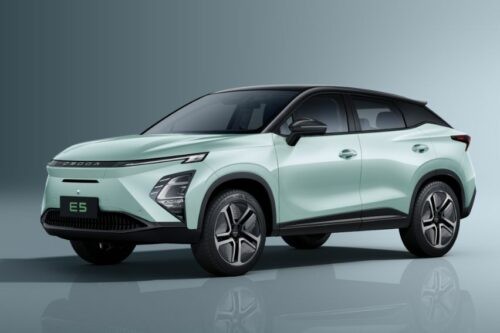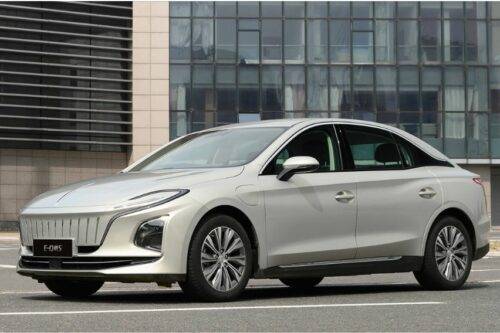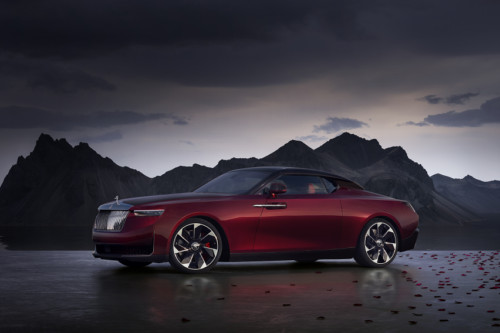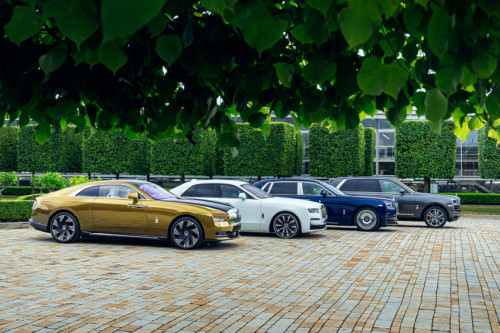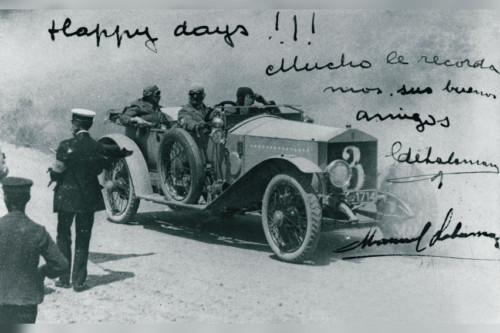Rolls-Royce remembers Spectre name to be used in marque's first EV

MANILA: For Rolls-Royce, deciding on a name for a new automobile is an important, carefully thought-out process that takes a lot of time and effort.
KEY TAKEAWAYS
What can be expected from the Rolls-Royce Spectre?
Meanwhile, based on the press photos of the camouflaged Spectre, it appears that the car could come as a two-door coupe like the current Wraith. The carmaker did not provide specific details about the Spectre's specs, such as battery size and range.All of the current product family's names — Phantom, Ghost, Dawn, and Wraith — have historical roots that span Rolls-118-year Royce's history, with the exception of Cullinan, which was given the name of the largest gem-quality rough diamond ever found.
Rolls-Royce aimed to maintain and reinforce these significant "genetic" linkages while also indicating a clear transition into a new region characterized by innovation and progress when naming its first battery-electric vehicle.
The following brief history describes how it discovered Spectre to be the ideal option.
Torsten Müller-Ötvös, Chief Executive Officer, Rolls-Royce Motor Cars, offered details about the Spectre.
“The advent of our first battery-electric car marks the start of a bold new era for Rolls-Royce. It is also the culmination of a long, painstaking process, in which every element in creating this landmark car has been considered in the minutest detail, over numerous iterations.
But one aspect of this landmark motor car has always been certain: from the very outset, we determined that it would bear the name Spectre – the first series production Rolls-Royce ever to do so.
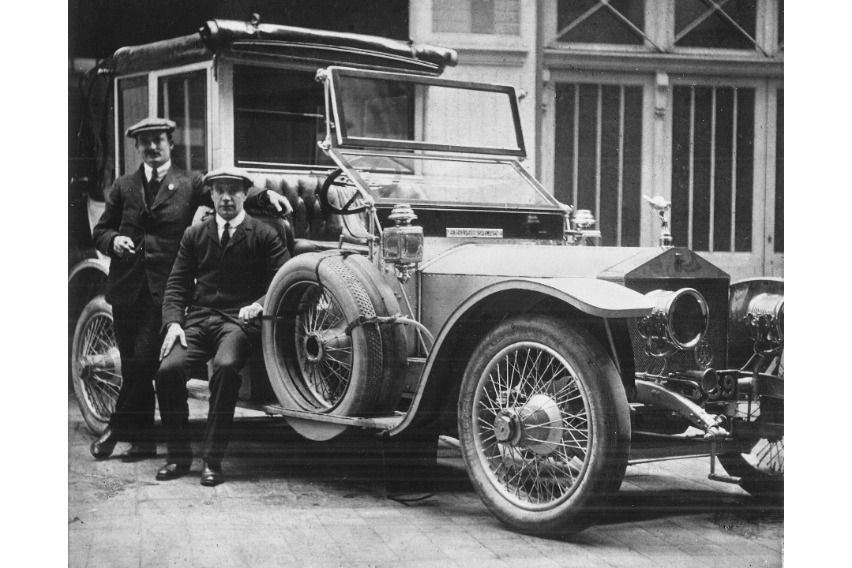
It was a decision initially inspired by our heritage: 'Spectre' cars were always associated with ground-breaking technical innovations, the relentless pursuit of perfection, and a sense of mystery and otherworldliness. The motor car we now present to the world embodies all those qualities, while making the Spectre name entirely its own.”
A Chinese proverb states that "the beginning of wisdom is to call things by their correct names," which reflects the people’s fundamental desire to categorize and name things in order to make sense of the universe.
Of course, this is completely clear in regard to individuals and their early predecessors, giving names to things was a vital survival skill.
The marketing potential of this fundamental human trait was immediately evident to the keen business mind of Claude Johnson, the commercial managing director of Rolls-Royce.
Between 1905 and 1913 he personally devised, often in consultation with the client, individual names for almost 50 cars the company produced – the most famous of which was 'The Silver Ghost', created for the 1907 London Motor Show.
The car's silver paintwork and silver-plated brightwork so impressed motoring journalists and the public alike that 'Silver Ghost' was adopted as the official model name for all 40/50 H.P. chassis built until 1925, when the New Phantom was introduced.
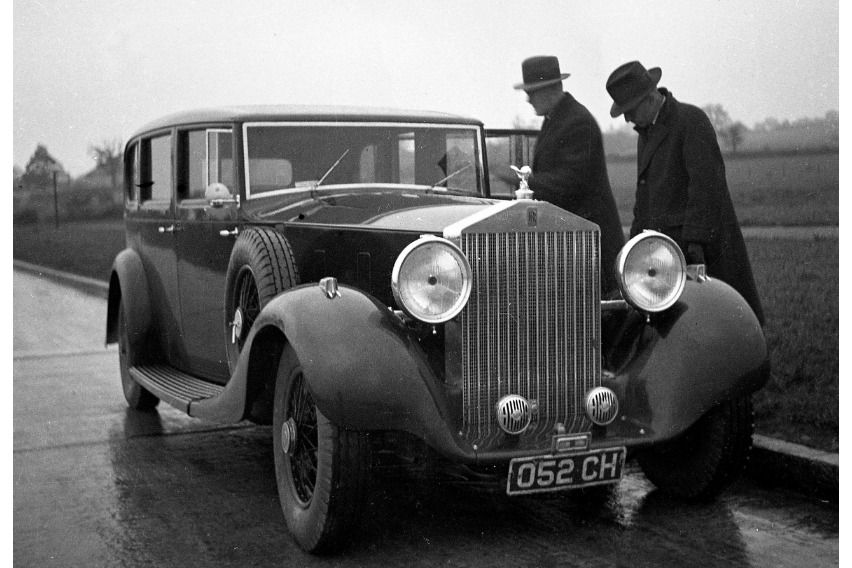
Johnson employed Chassis 1601, which the manufacturer had produced in August 1910, as a trials or demonstrator vehicle. Johnson gave it the name "The Silver Spectre"—the first instance of the term appearing in the company's archives.
Chassis 1601 was sold to the War Office in 1915, and in 1933, it was last seen at a Sheffield motor engineering company. This car was rebodied at least three times throughout its career.
Early coachwork employed materials and methods that, while perfectly suited to horse-drawn vehicles going 10mph, quickly succumbed to the stresses of traveling at 50mph or more in automotive use. This was typical during this period, frequently to suit the new owner's tastes if the car had changed hands and sometimes for more pragmatic reasons.
Chassis 1601's ultimate fate is still partly unknown, but for more than 20 years, no Rolls-Royce would carry the Spectre name.
Early in its history, Rolls-Royce created a unique nomenclature for its experimental vehicles, assigning them chassis numbers ending in the tantalizing suffix "EX."
These "large-horsepower" research models, starting with the 1EX in 1919 and continuing through the 45EX in 1957, were put on test runs of up to 15,000 miles, frequently traveling 800 miles per day on the harsh French roads.
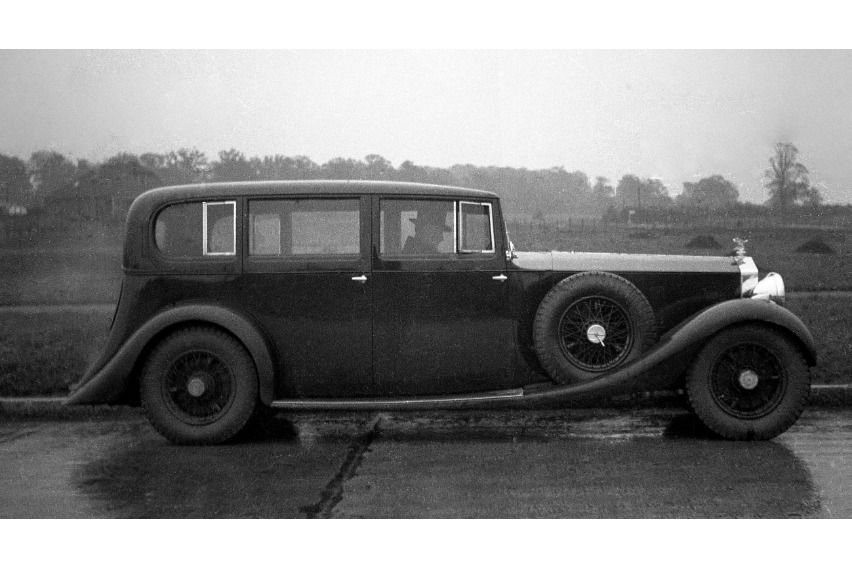 Additionally, they traveled thousands of kilometers across the British countryside and the congested streets of London. The 103EX electric vision car, debuted in 2016, is the most recent example of how the EX designation is still used today.
Additionally, they traveled thousands of kilometers across the British countryside and the congested streets of London. The 103EX electric vision car, debuted in 2016, is the most recent example of how the EX designation is still used today.
Sir Henry Royce started working on a new V12 engine in 1930 for a brand-new chassis with independent front suspension. But because he passed away in 1933, he was unable to see the project through to completion. In November 1934, the 30EX, the new automobile, was prepared for testing on the road.
Maintaining confidentiality about the new V12 engine was crucial for business, as it is with all advancements. Therefore, 30EX received the codename "Spectre" in addition to its chassis number. Before the car went into production as the Phantom III in 1936, nine more EX vehicles with the codename "Spectre" would be produced.
Of these development chassis, seven would later be repurposed for sale to private customers, who presumably never knew of their motor car’s previous covert operations. It was the testing and refinement conducted using these ‘Spectre’ cars that allowed Phantom III to uphold the marque's reputation, first established by Silver Ghost in 1907, as “The best car in the world”.
The modern Spectre represents a dramatic and tremendously significant leap for Rolls-Royce, both technically and conceptually, similar to the EX automobiles of the past.
The debut of the first all-electric Rolls-Royce represents a significant advancement in powertrain technology, maybe even bigger than the introduction of the marque's original V12 engine, a design that, despite its almost 80-year history, is still employed in every contemporary Rolls-Royce model.
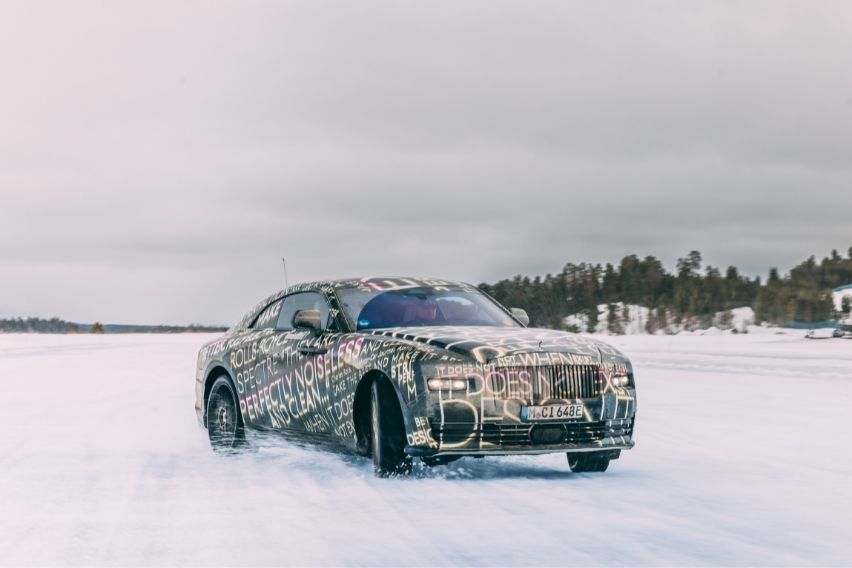
As an evocation of solitude, refinement, and mystery; of something imagined and dreamy that dwells outside of customary boundaries and experiences, the name "Spectre" fits alongside those of "Ghost," "Phantom," and "Wraith."
The Spectre moniker has never been used on a Rolls-Royce in serial production, despite being applied to individual and experimental vehicles in the past. For an automobile of such unique and historic significance, the name Spectre is the ideal combination of innovation and tradition.
Torsten Müller-Ötvös, Chief Executive Officer, Rolls-Royce Motor Cars, said: “There is a pleasing symmetry between the Spectres of the past and the present-day incarnation. In our history, Spectre is a name synonymous with technical innovation and development, and Rolls‑Royce motor cars that go on to change the world.
Though separated by almost a century, both the Spectres of the 1930s and our own today are the proving-grounds for propulsion technology that will shape our products and clients’ experiences for decades to come.”
By 2030, all Rolls-Royce products will be fully electric, which "fulfills the 1900 prophecy" of the marque’s founder, Charles Rolls. Rolls apparently experienced an EV in 1900, then "declared its electric drive to be ideal," the Rolls-Royce CEO said.
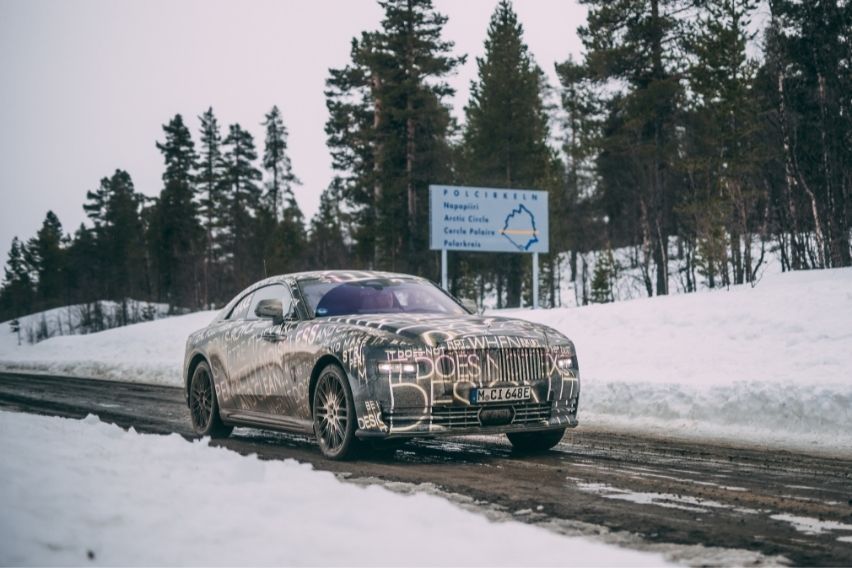
Rolls-Royce Founder Henry Royce was one of the world’s first electrical engineers. In 1902, his enterprise FH Royce & Co. supplied electric motors for Pritchett & Gold, a London-based battery-maker that had expanded into producing electric cars.
Some manufacturers and engineers thought about employing electricity as the standard form of propulsion for motor vehicles as early as the 1900s. Unfortunately, there was no infrastructure for charging and the electricity had a very little range.
Electric power appealed to engineers because of its quiet operation, quick torque, outstanding functioning, and lack of exhaust gases. Rolls-Royce has pledged to build an all-electric vehicle this decade, and this commitment is supported by the natural adaptability of electric power.
Royce’s co-founder, Charles Rolls, was also a highly skillful engineer. In an interview published in The Motor-Car Journal in 1900, he stated, “The electric car is perfectly noiseless and clean. There is no smell or vibration, and they should become very useful when fixed charging stations can be arranged. But for now, I do not anticipate that they will be very serviceable — at least for many years to come.”
Today, Rolls-Royce Motor Cars continues to be an electrification pioneer. In 2011, the company launched Phantom Experimental Electric (EE), codenamed 102EX, a fully operational and road-legal battery-electric vehicle.
Phantom EE was never intended for production, instead, it serves as a working test-bed for clients and VIPs to experience electric propulsion and share their thoughts and considerations with Rolls-Royce engineers.

In 2016, Rolls-Royce unveiled the Vision Next 100, codenamed 103EX. It is a drastically innovative concept car that was positioned to define the brand’s long-term vision of luxury mobility.
The car features a coachbuilt bodywork that will allow clients to commission a car that echoes their personal vision. It also comes with a virtual assistant and chauffeur powered by artificial intelligence. The cabin creates a “Grand Sanctuary” that is made from rare and exclusive materials. With a length of 5.9 m and a height of 1.6 m, the vehicle ensures a grand entrance every time it arrives at its destination.
The EX-suffix denotes that the 103EX was never intended for production. After its grand debut in London, the car embarked on a three-year world tour, returning to the Home of Rolls-Royce in 2019.
Photos from Rolls-Royce
Also read: Rolls-Royce looks back at history of ‘Twenty’ on its 100th anniversary
Sell your car at the best price
 Verified and genuine buyers
Verified and genuine buyers
Rolls-Royce Car Models
Trending & Fresh Updates
- Latest
- Popular
You might also be interested in
- News
- Featured Stories
Rolls-Royce Featured Cars
- Popular
Latest Rolls-Royce Car Videos on Zigwheels

Rolls-Royce Car Articles From Carmudi
- journal

